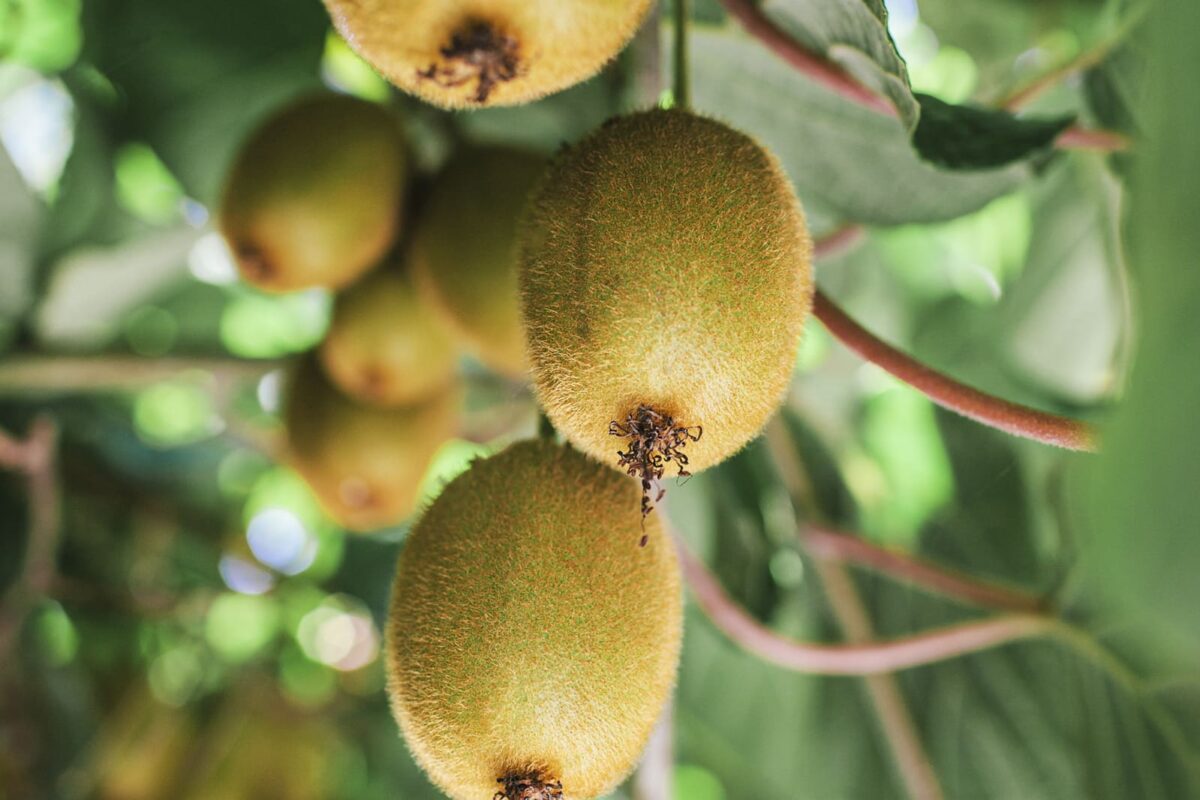The brief
Trevelyan’s kiwifruit packhouse in Te Puke had a problem that’s common throughout the packhouse industry. In the 2.5-week kiwifruit harvest season, there are too many kiwifruit to process and grade at once, so instead they’re put into temporary cold storage until they can be sorted, usually in autumn or late summer.
When gold kiwifruit (or other produce such as avocados) come out of cold storage into a normal (often warm) climate, condensation forms on the cold surface of the fruit, which means the labels won’t stick. Kiwifruit labelling requires a 90% stick rate for the export market, otherwise the fruit are rejected when they get to their destination. Trevelyan’s engaged us to help design a system that would stop their kiwifruit from getting wet before labelling – a task that is harder than you’d imagine, with a solution that has eluded designers to date.
Our solution
Several years ago, Jackson Engineering’s founder Brian Jackson made some ground-breaking advances towards addressing this problem, sparking interest from Trevelyan’s. Building on that work, we applied his findings and developed a prototype system for the Te Puke packhouse that would stop condensation forming on the cold kiwifruit. Traditionally, most packhouses blow dry air across the kiwifruit just before they hit the labellers; the effort is focused on drying the fruit once they’re wet.
We wanted to tackle the problem at source and create a system that would keep them dry throughout the whole process, so we worked on creating an ultra-dry packing environment – one where moisture content is so low, it won’t condense on the surface of the fruit.
We designed a system that cools the air from the packing rooms down to about 0°C, lowering the moisture content. It then reheats the air to create an environment warm enough for the packers to comfortably work in. A portion of the processed air is then passed through a desiccant dehumidifier to remove even more moisture, creating a super-dry environment.
The enclosed room includes plastic walls with poly-panel roofing, fitted out with ductwork to distribute the dry air evenly throughout the bin tipping and grading areas. A key requirement was to create a positive pressure within the ‘dry-zone’ to minimise the amount of moist air infiltration that is naturally attracted back into the area from outside.
The outcome
We’ve run two trials over successive years, reinvesting key learnings back into the design philosophy, and we are now achieving a very successful 99% stick rate. This design is currently being rolled out to a second facility for Trevelyan’s pack houses, with another planned for the near future.
The most exciting part of the project is that, while this technology has been developed to meet the specific needs of the kiwifruit industry, the fundamentals and practical know-how can be adapted for much wider application, for other fruits in packhouses throughout the country.
It’s another example of us leading the industry with innovative and practical application of fundamental design principles, solving problems others can’t.
